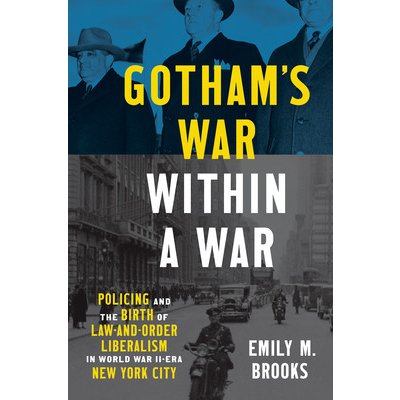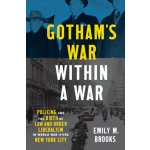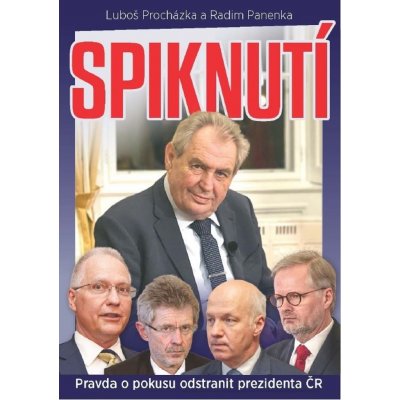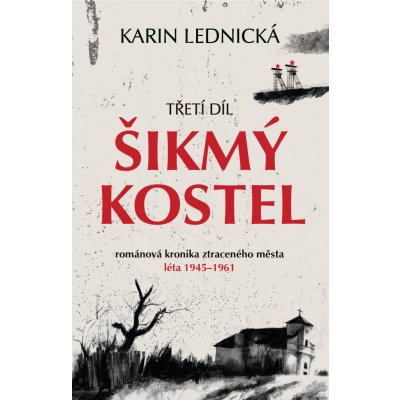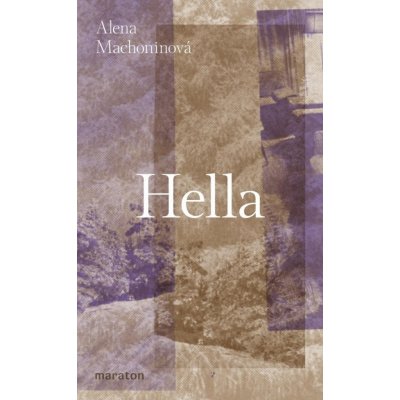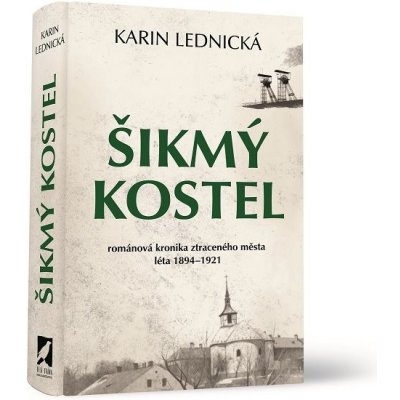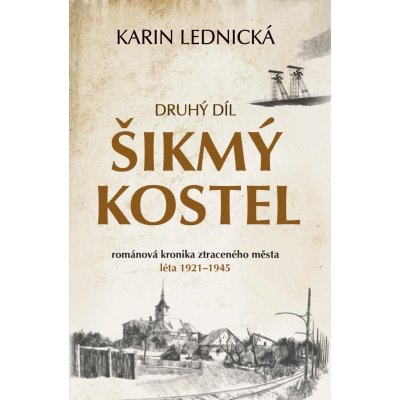A surprising history unfolded in New Deal- and World War II-era New York City under Mayor Fiorello La Guardia. Throughout the late nineteenth and early twentieth centuries, members of the NYPD had worked to enforce partisan political power rather than focus on crime. That changed when La Guardia took office in 1934 and shifted the city's priorities toward liberal reform. La Guardia's approach to low-level policing anticipated later trends in law enforcement, including "broken windows" theory and... Celý popis
Koupit za 881 Kč- Od nejoblíbenějších
- Od nejlevnějších
- Od nejdražších
Popis
A surprising history unfolded in New Deal- and World War II-era New York City under Mayor Fiorello La Guardia. Throughout the late nineteenth and early twentieth centuries, members of the NYPD had worked to enforce partisan political power rather than focus on crime. That changed when La Guardia took office in 1934 and shifted the city's priorities toward liberal reform. La Guardia's approach to low-level policing anticipated later trends in law enforcement, including "broken windows" theory and "stop and frisk" policy. Police officers worked to preserve urban order by controlling vice, including juvenile delinquency, prostitution, gambling, and the "disorderly" establishments that officials believed housed these activities.
This mode of policing was central to La Guardia's influential vision of urban governance, but it was met with resistance from the Black New Yorkers,
This mode of policing was central to La Guardia's influential vision of urban governance, but it was met with resistance from the Black New Yorkers,

